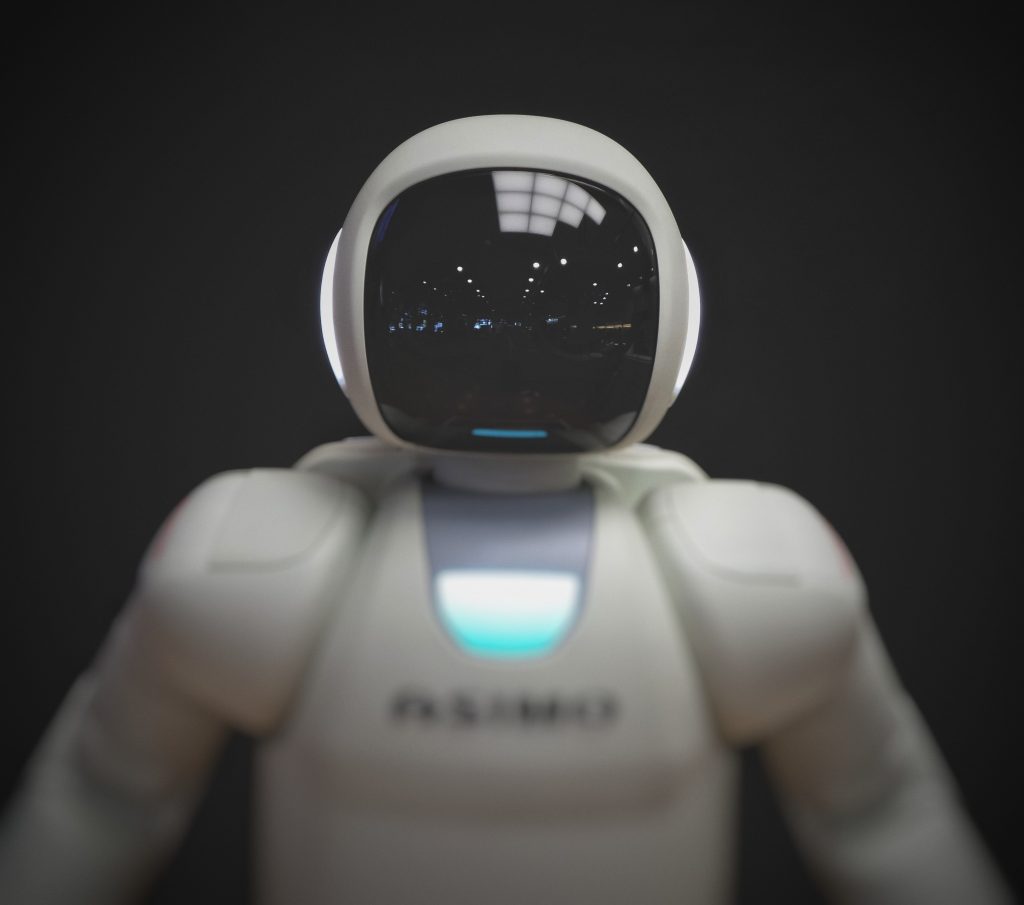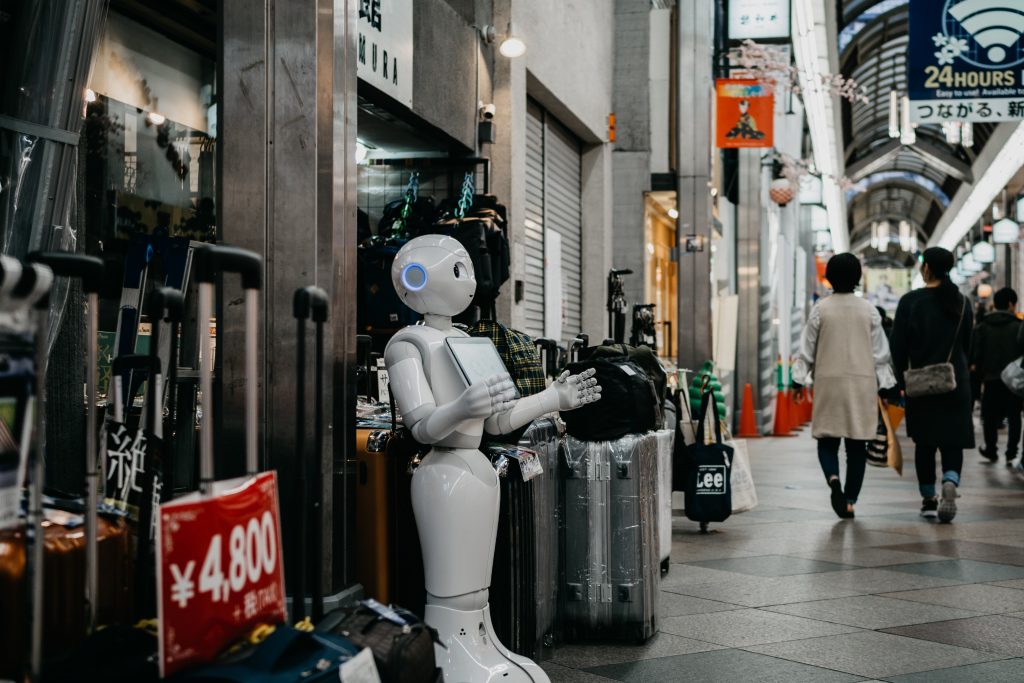Humanoid Robots

The Humanoid Robots are robots that resemble a human’s physical attributes and the ability to communicate with humans and other robots. Humanoid robots are one of the most significant achievements in the world of technology. Such robots can perform limited activities as per the user’s input. In other words, humanoid robots are systems that mimic human behavior.

Robotics refers to the field where science and engineering interact and produce a technology known as robots. People often struggle to differentiate between Robotics, robots, and humanoid robots. However, these are interrelated but aren’t the same thing. Robotics is a field where robots are produced, and humanoid robots are the subcategory of robots. Robots vary in design, functionality, and degree of anatomy.
Generally, five types of mechanical bots are designed differently to perform specific tasks.
- Pre-programmed Robots
- Autonomous Robots
- Humanoid Robots
- Teleoperated Robots
- Augmenting Robots
History
Humanoid Robots were an astonishing development that amazes the human mind, and rather it is invented by one. The first humanoid was Herbert Televox, and Ron Wensley developed it in 1927. That robot could lift a handset to receive calls and control simple processes but couldn’t speak when it was first created. It was a huge achievement and also the beginning of the developmental process. Later, another humanoid robot was developed by Ichiro Kato of Waseda University, Japan, and known as WABOT. It was designed around the 1960s. Ichiro Kato was also the leader of humanoid robotics research as Waseda.
We have also heard about the social humanoid robot known as Sophia. This robot was developed by the Hong-kong based company Hanson Robotics. And it was activated on Feb 14, 2016.
Influence on Market because of Humanoid Robots

The evolution of technology played an essential role in making work more efficient and quick. But such development has both positive as well as negative impacts on the economy and Market. Few takeaways that emerge from the introduction of humanoid robots are as follows;-
- Impact on employment – Robots and automation are taking away an entire category of jobs across many industries. On the other hand, robots are also creating new and high-paying jobs that will undoubtedly require skilled workers. Robots are indeed replacing low-skilled workers and performing tasks with their automation features. So we can conclude here the effect on this sector is positive as well as unassertive. However, Robots and automation will require jobs that focus workers on high-value work.
- Productivity Growth – Capital drives productivity growth by investment in machines, computers, robots, and other produced output. The use of robotics in companies or organizations helps them to be competitive in the market. Robots increase productivity when they are applied to the tasks they are designed for. They perform the same job more efficiently and to a more consistent level than humans. The future seems to be a combined destination where humans and robots will work together.
- Humanoid robots have significant barriers because of the high cost. Which makes it hard to adapt to this environment. However, with the faster rate of development, such robots have been witnessing slight adoption in many fields.
- Currently, there are only a few players available in the Market of humanoid robots. That leads to a competitive market structure. The prime players are Softbank Robotics, Toyota Motor Corporation, and Honda Motor Co. Ltd.
Purpose of Humanoid Robot development

Robots come in many shapes, sizes and basically, for the purpose, they are designed for. These are being used during research, personal assistance, caregiving, education, and entertainment, search and rescue, public relation and health care, and obviously in manufacturing and maintenance. In the future, humanoid robots will be commonly used in these areas to provide an advanced way of living and assistance. The sole purpose of this unique invention was to facilitate the work. On the other hand, due to the coronavirus pandemic, market behavior is unpredictable.
During the pandemic, as the virus keeps on spreading to the rest of the world, robots are being deployed.
Major fields Where Humanoid Robots are used
We have discussed the purposes humanoid robots are willing to fulfill. Those fields can use specially designed robots to propose the desired services.
- HealthCare – Healthcare humanoid robots have been successfully helping many people in different ways such as pain relief, disease management, physical therapy, and healthcare assistance. Healthcare humanoid robots’ roles can be classified as clinical and non-clinical applications. Clinical robots are used to assist patients who have cerebral palsy and pediatric cancer. Non-clinical healthcare humanoid robots significantly contribute to Autism management, followed by diabetes management by performing activities such as playing games, singing, interacting, etc.
- Education – We have been using computers and e-learning for a while now. As it also has increased access to education in various corners of the world. However, the recent trend in the education field is towards the application of humanoid robots. Nowadays, humanoid robots are being used along with a human teacher or a controller.
- Socially Assistive robots – Socially assistive robots(SAR) are also known as assistive robots. These robots are predominantly used in the hospitality industry. They assist human beings in their daily lives and replace human workers’ needs in the hospitality industry.
Conclusion
Humanoid Robots are being developed and used for various purposes. We might see such robots working along with us in the future. This advanced technology will provide a new environment to us as well as upcoming generations.
I hope this article was helpful. Do let us know your views on this and its improvement.






